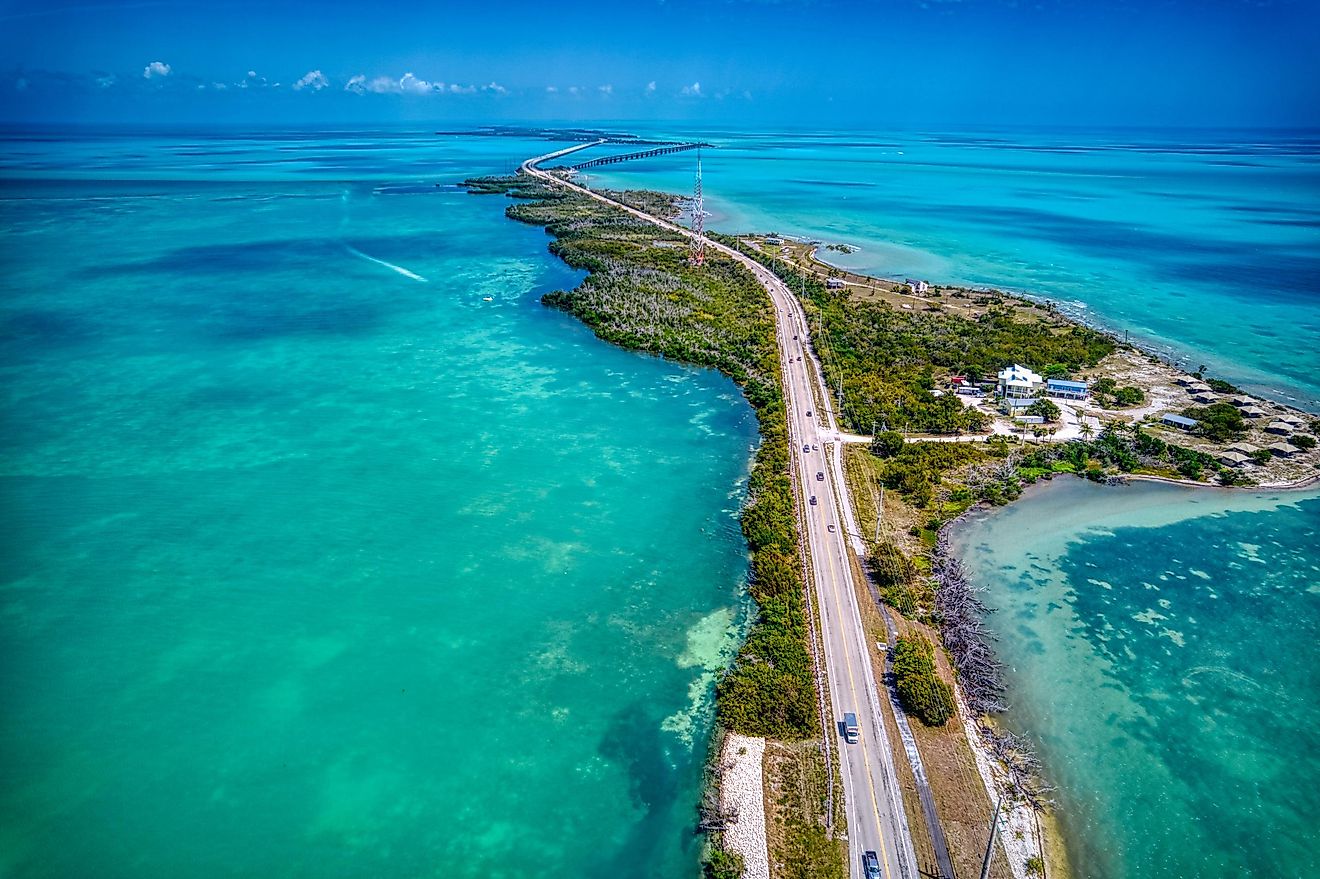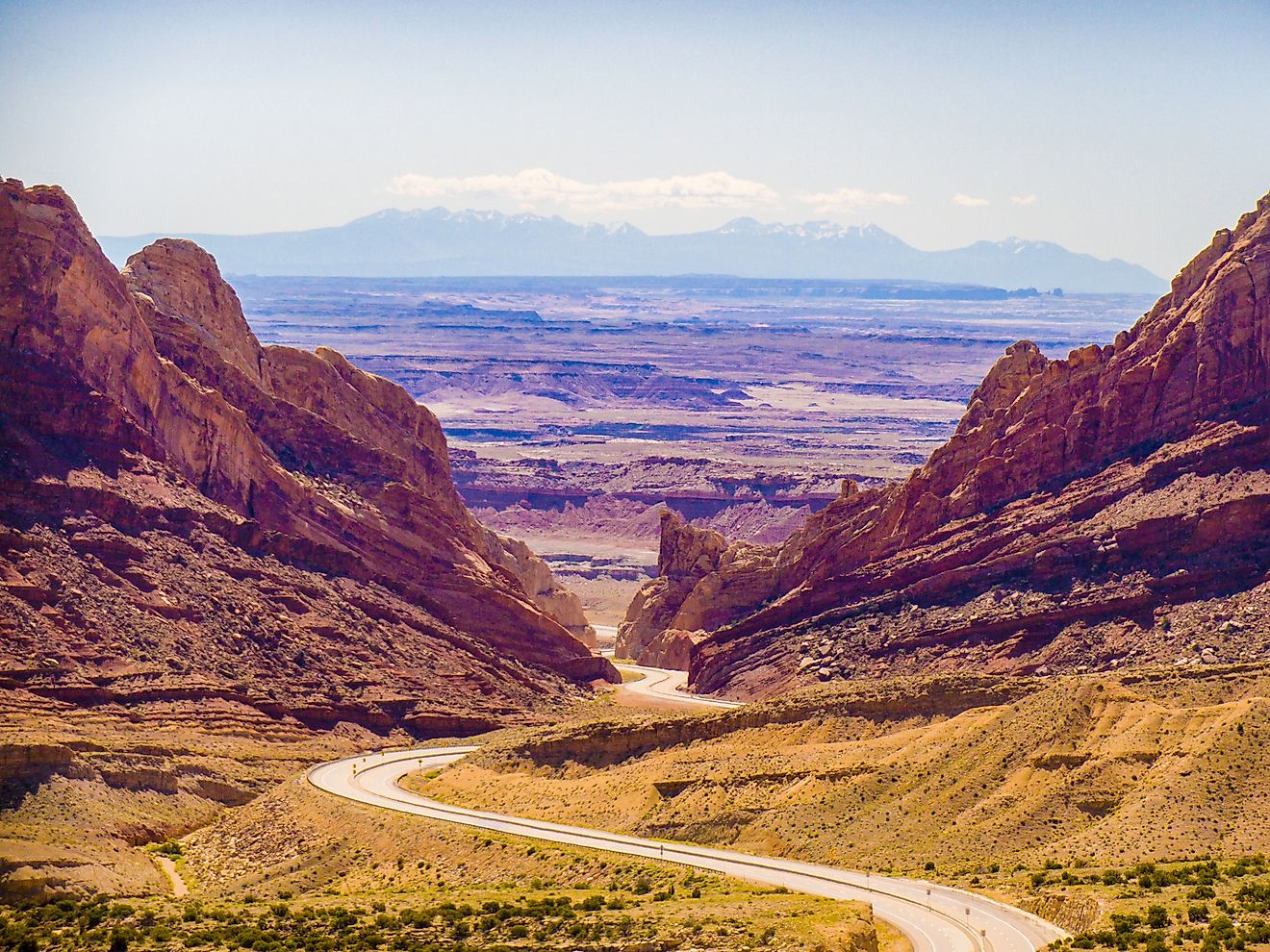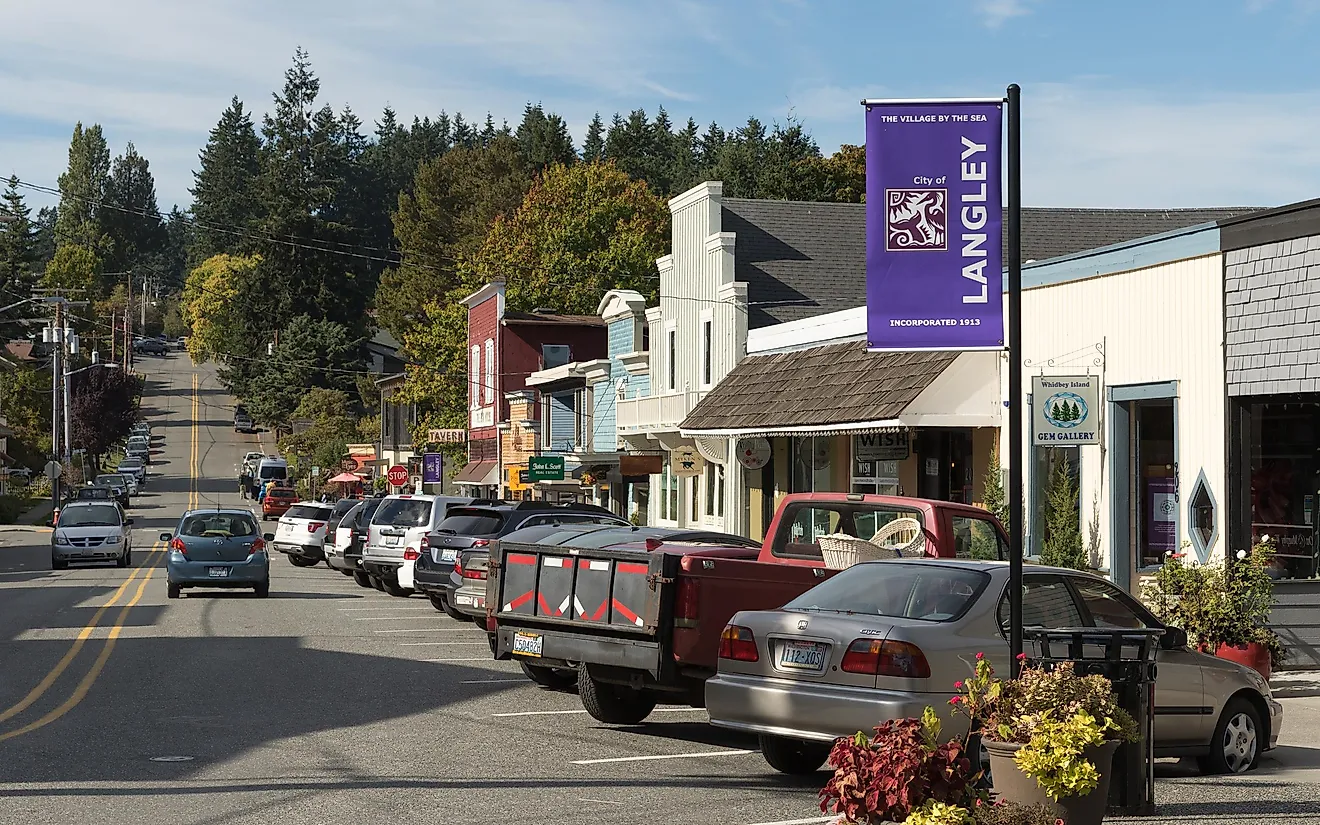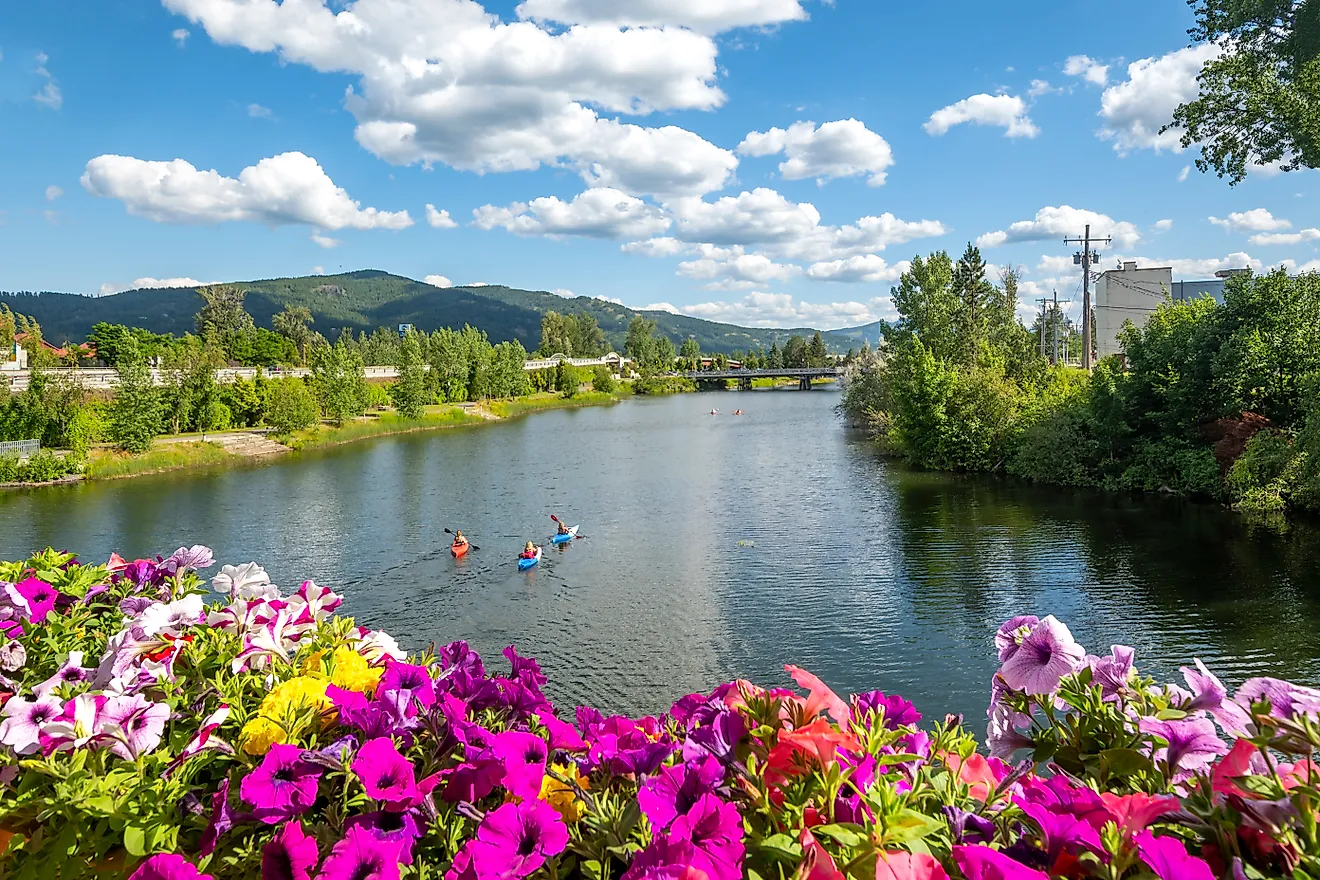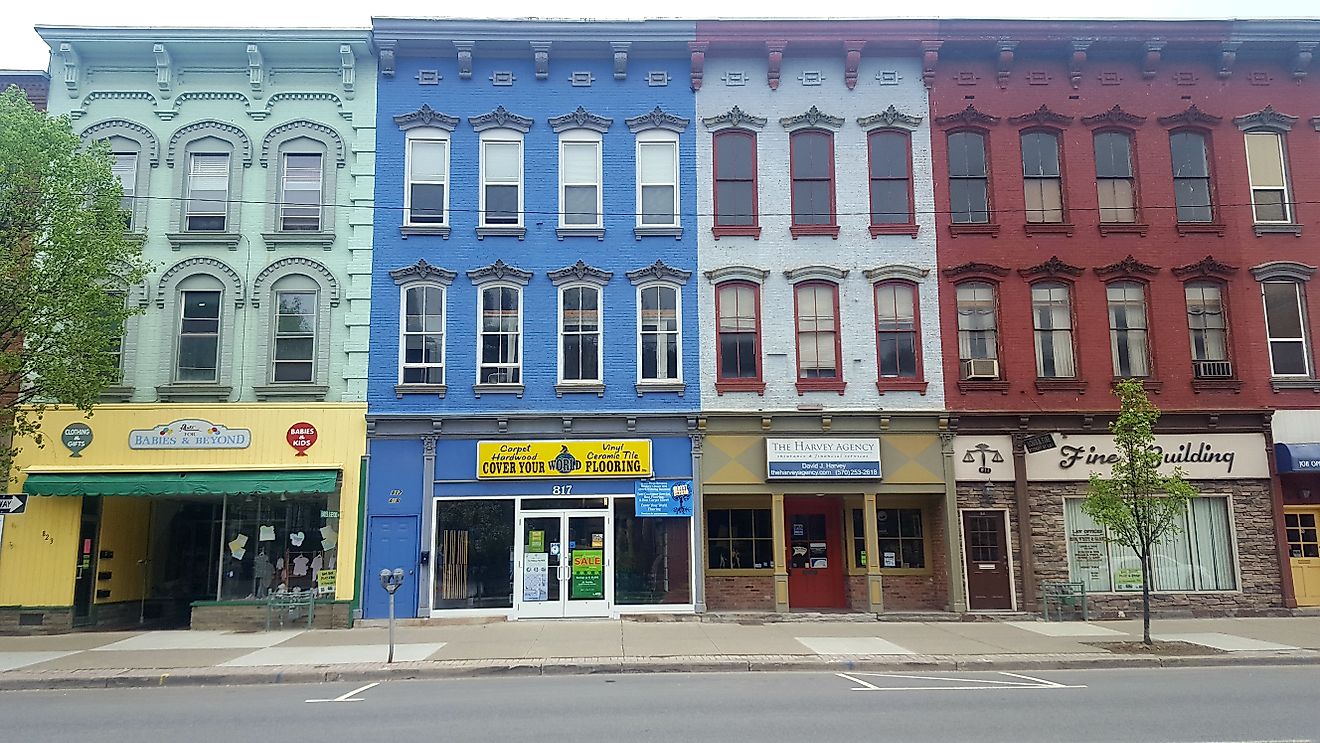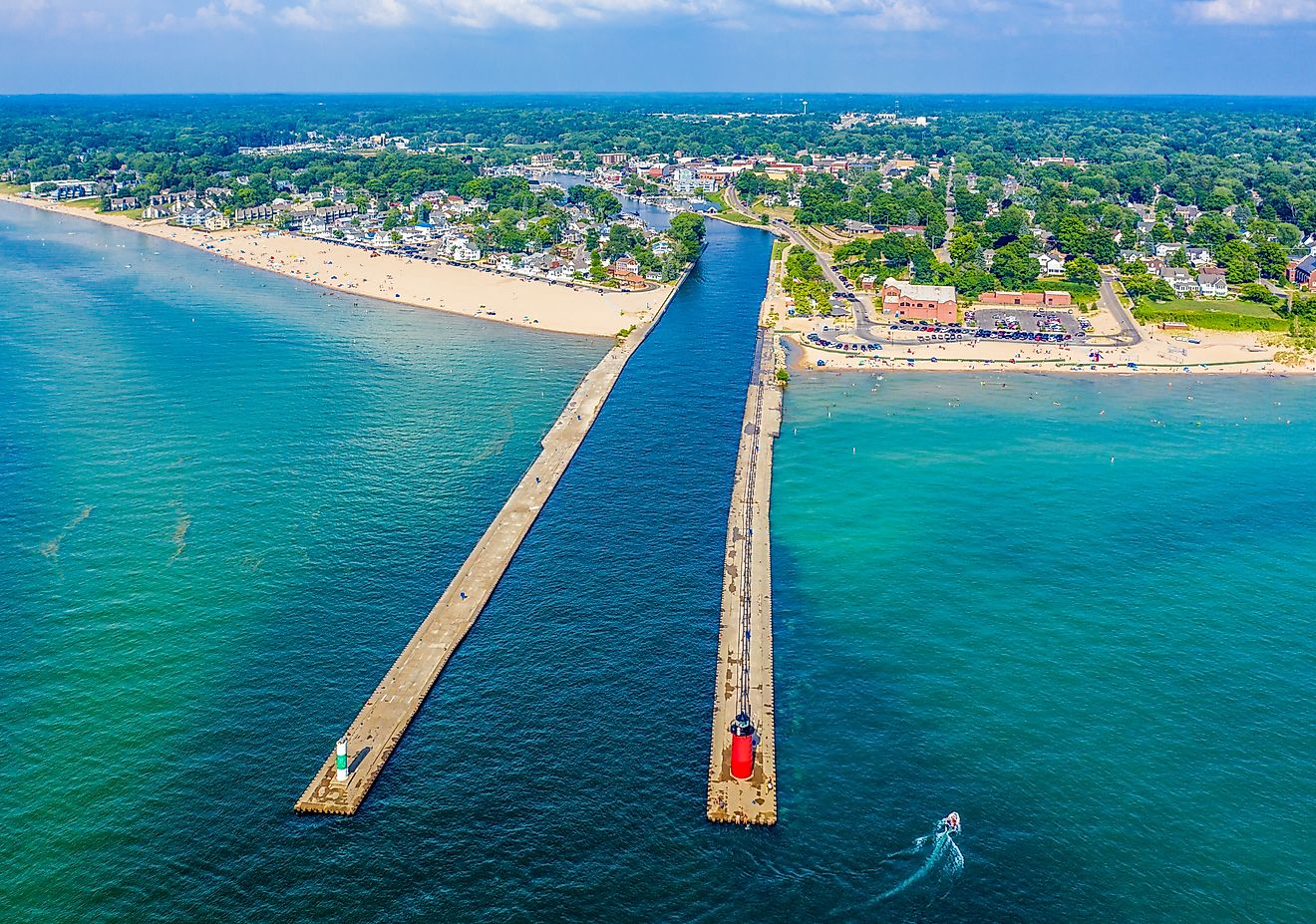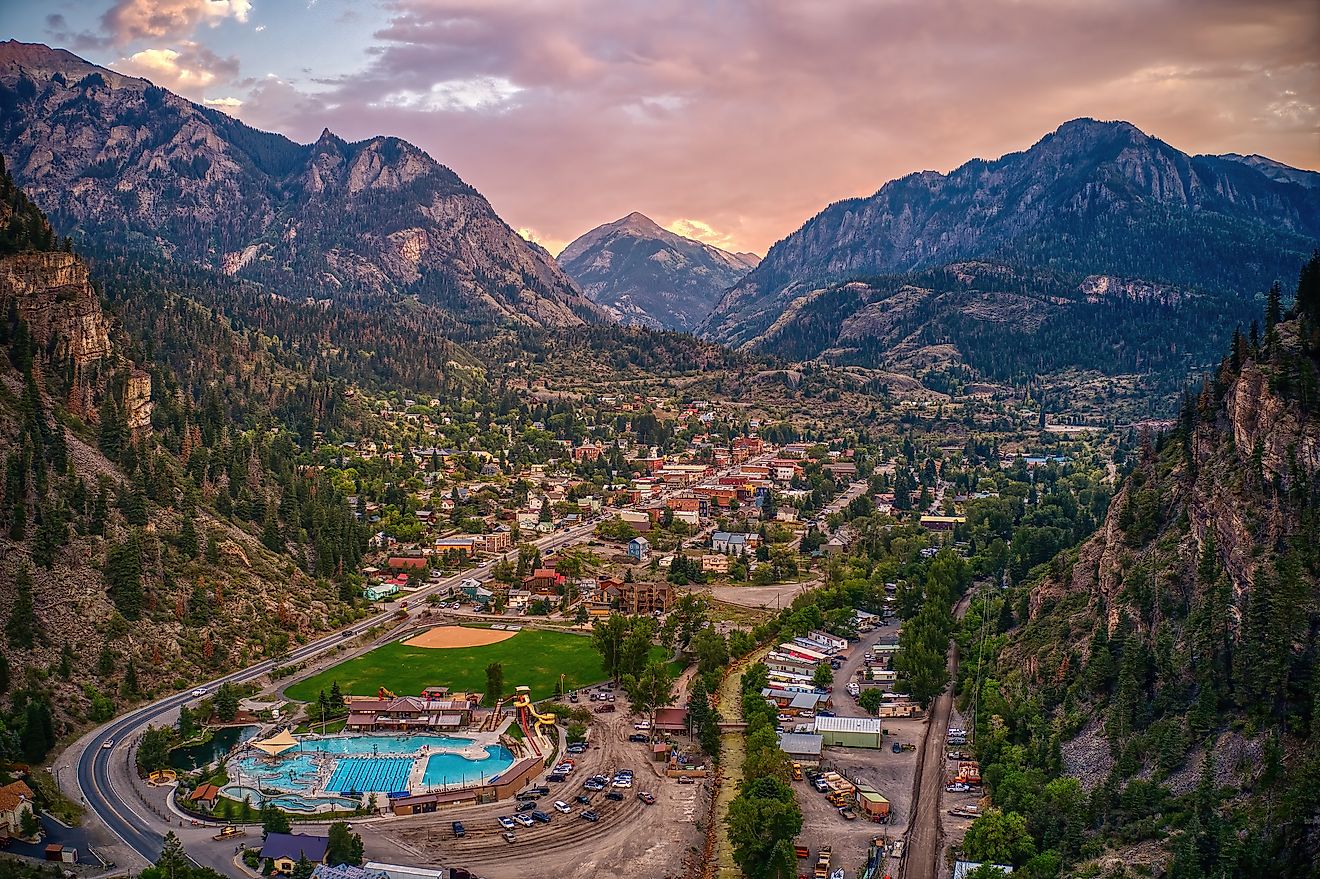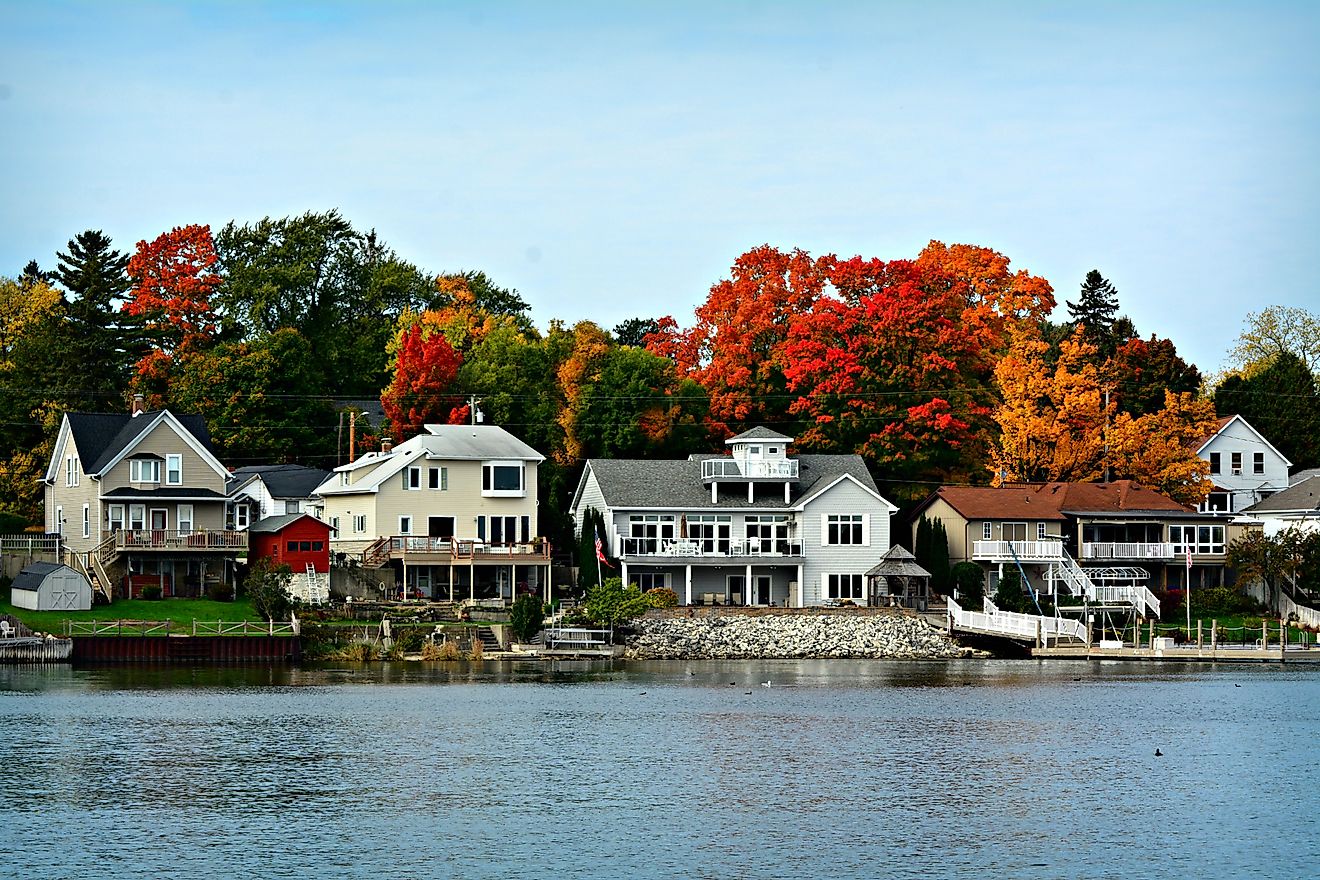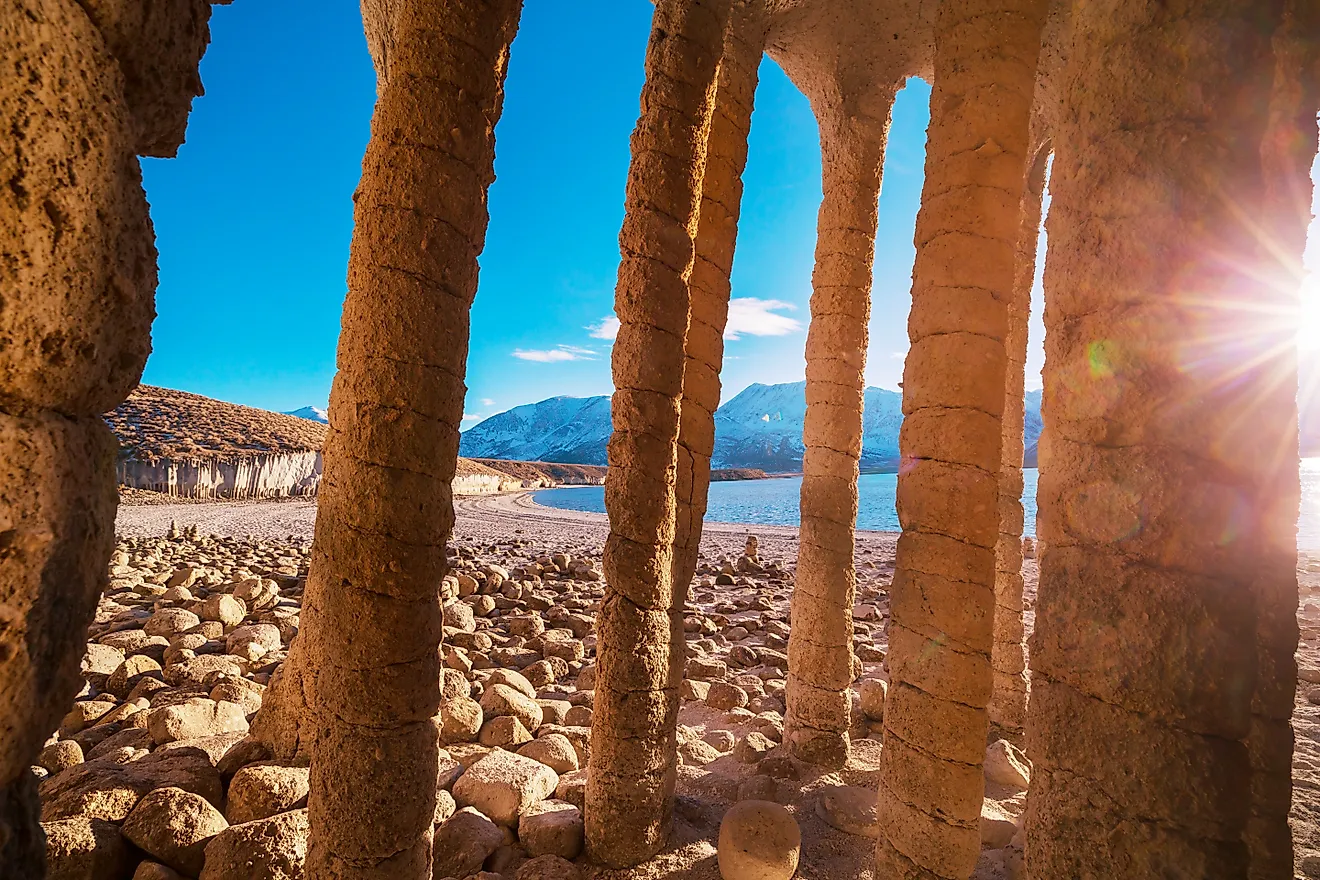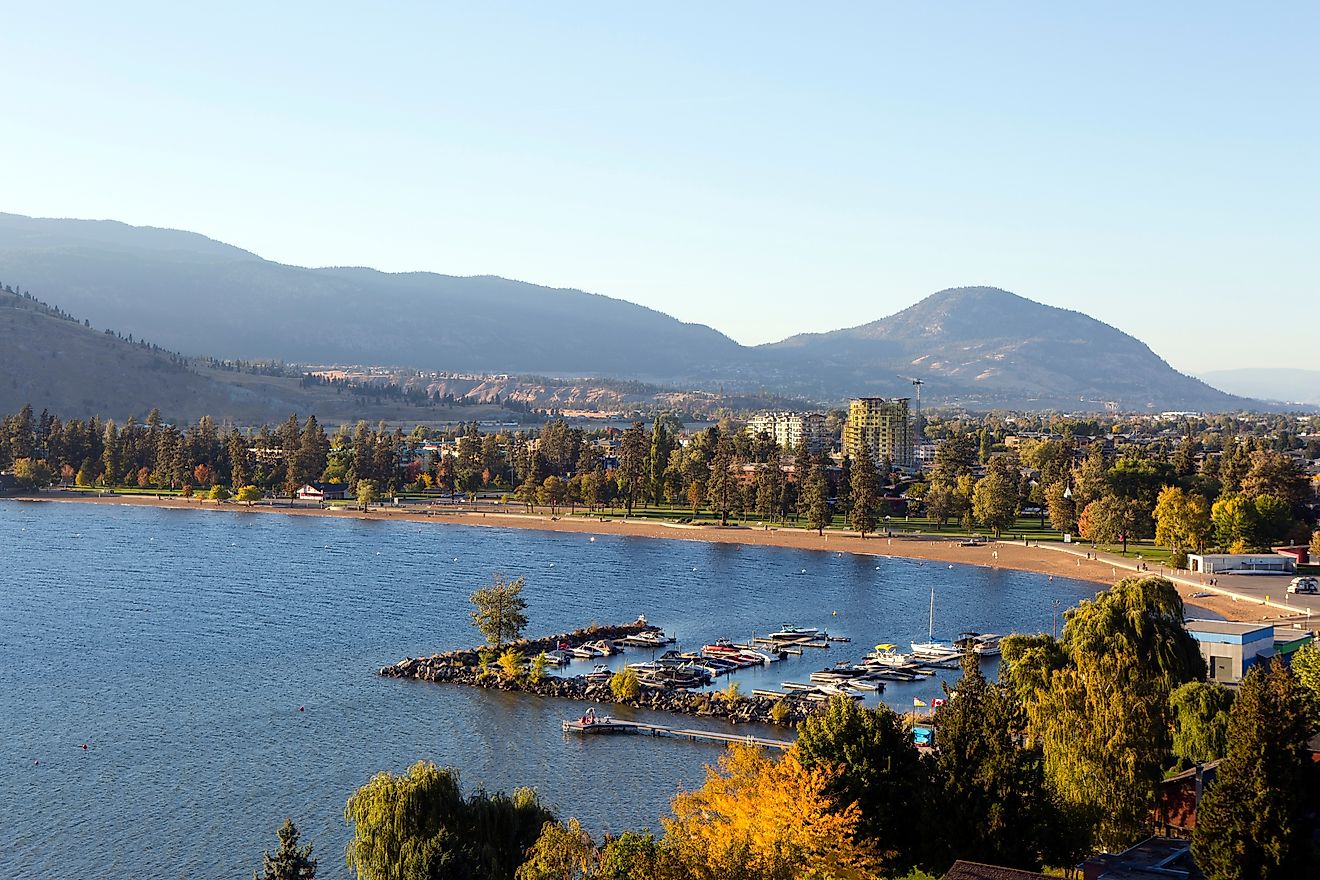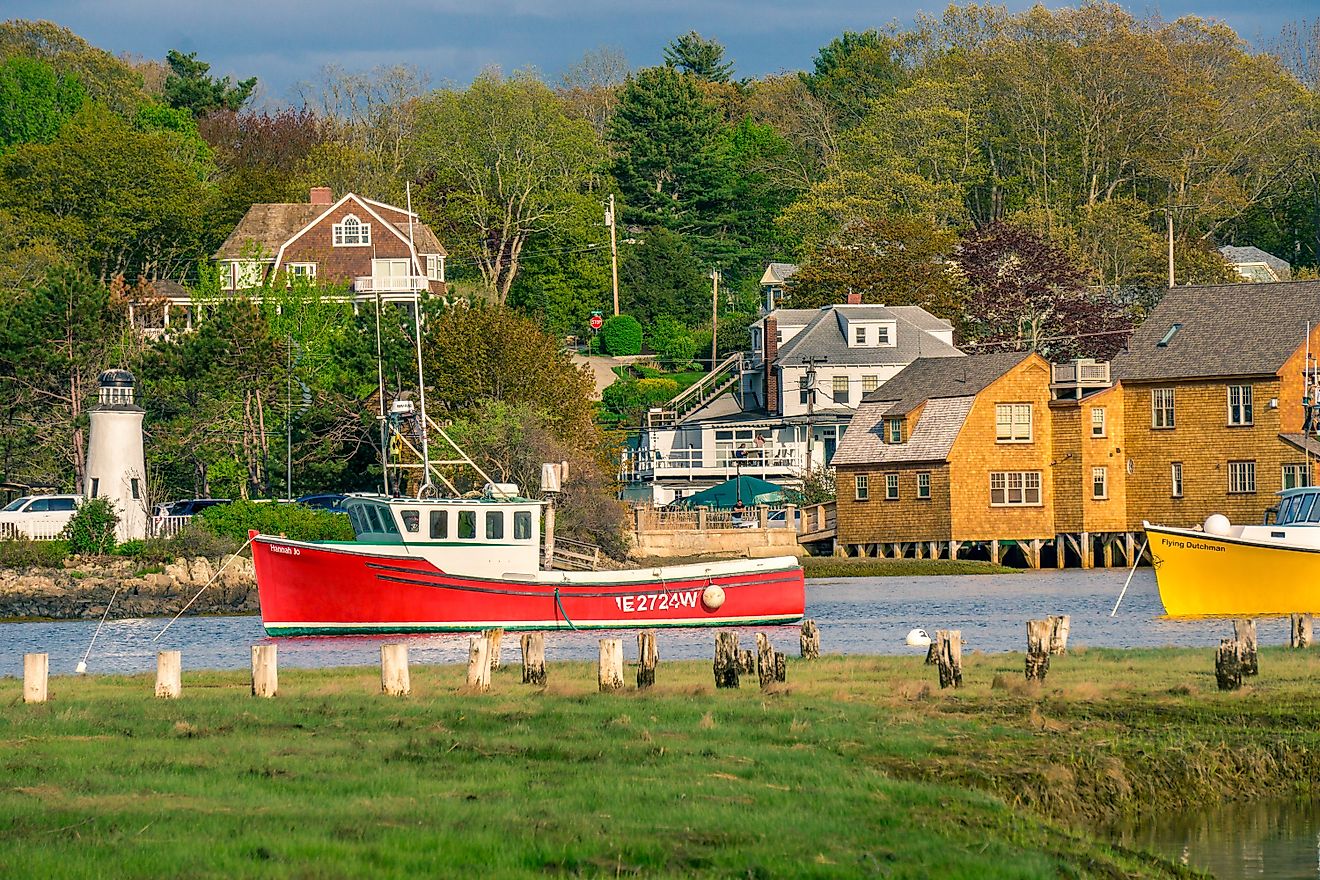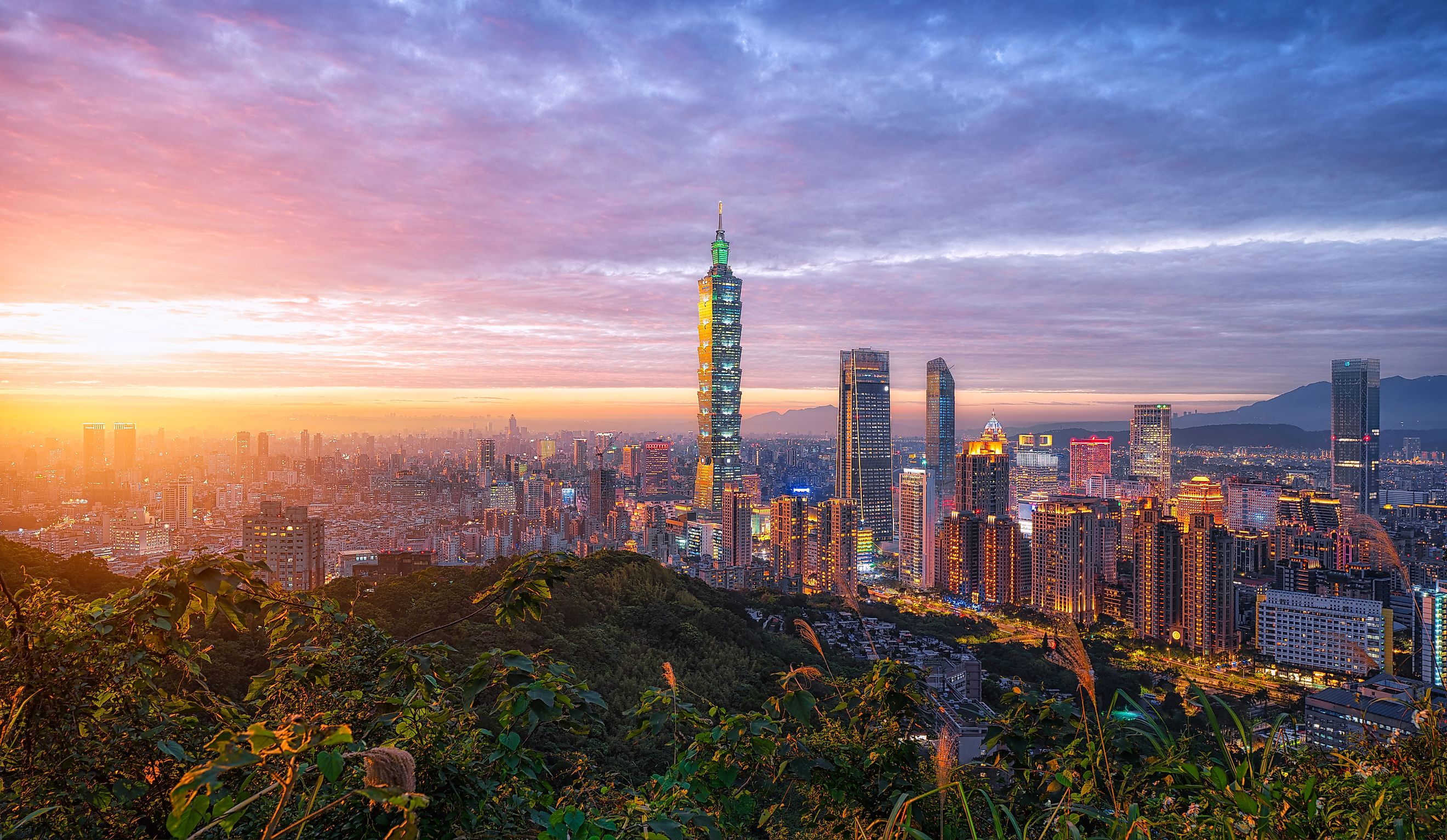
A Tour of Taiwan in 12 Stops
Taiwan (formally the Republic of China) has been on my travel radar for quite some time. This East Asian archipelago floats between the East and South China Seas, separated from mainland China by the Taiwan Strait. Given this ambiguous geopolitical situation (within an ever-escalating world), I figured now was the time to indulge in a thorough tour of its dominant island, Formosa.
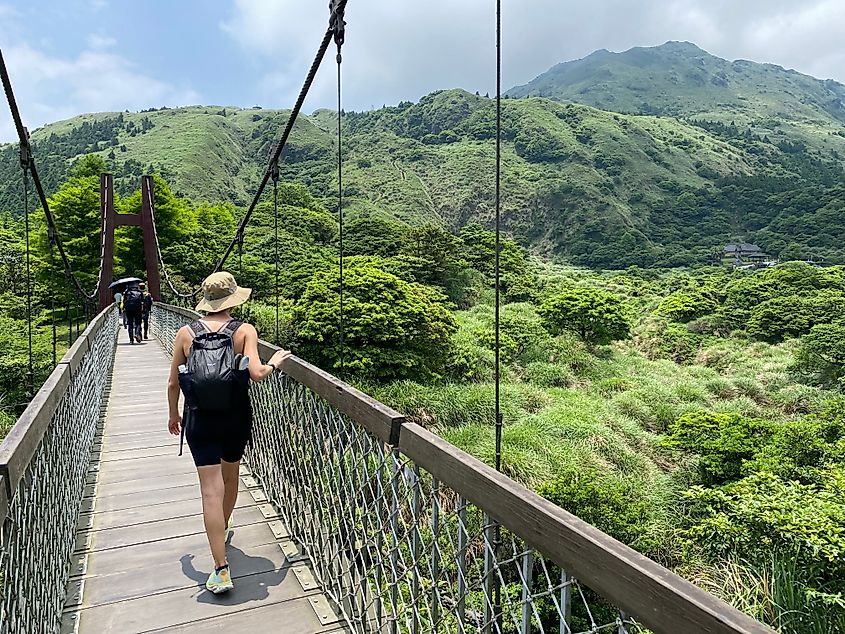
Split into hemispheres by the steep and lush Central Mountain Range (Chungyang Shanmo), Formosa's well-developed West Coast congregates the vast majority of its residents (and since Taiwan is one of the more densely populated countries on the planet, you feel it). On the other hand, the comparatively spacious East Coast unlocks quiet shorelines and coveted national parks. In between, its mountainous core (with overlap into the East) preserves the lifestyle and heritage of 16 Indigenous tribes.
In light of this cultural and environmental diversity, the only way to truly get a sense of Taiwan is to travel the entire island from tip to tail (and back again). Thankfully, a pleasant and user-friendly rail system circumnavigates the whole island, with regular buses and shuttles eager to fill in the gaps (with a little help from Google Maps and translation apps, of course). After five weeks in this enigmatic nation, I walked away with an appreciation for its trendy capital, teeming wilderness, and polite, progressive people. So come along for a vicarious tour across 12 magical stops. This is Taiwan in a betel nutshell.
Taipei Region
Taipei City
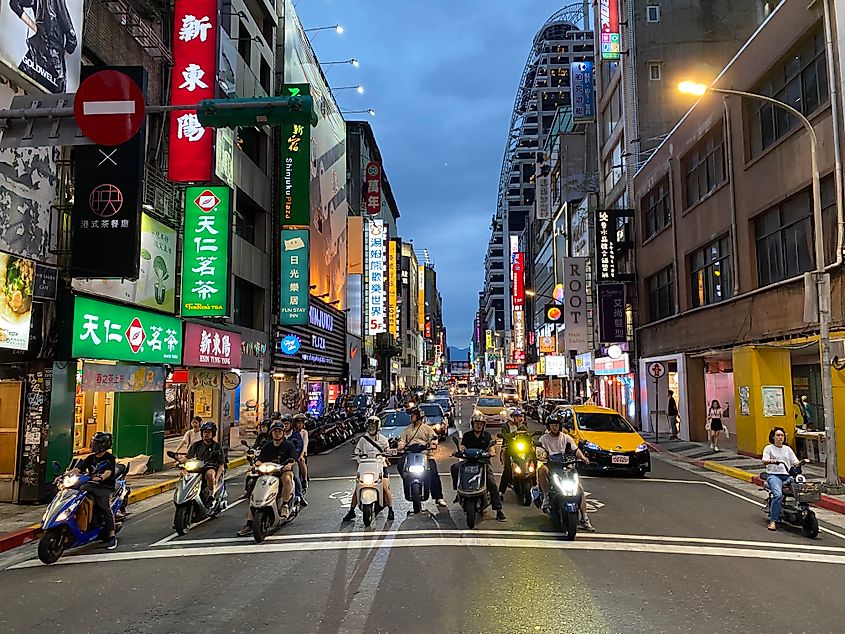
Taiwan's capital city feels like a mix between Hanoi and Tokyo. Some modern areas are geared toward shopping and entertainment, whereas other sections are inundated by weathered street stalls and smog-spitting scooters. The metro system is comprehensive (get yourself an Easy Card so that you can just load it up at 7-Eleven and then scan in and out of the stations and buses as needed), the river paths are plentiful, and the culinary scene spans all of East Asia, and wades into Western influence in the way of take-out, expensive coffee shops, and to some degree, vegetarian options. If you only have a day in Taipei, I recommend beelining for the trendy Ximending neighborhood for sensory inundation, or to Dihua Street to peruse the traditional shops of this 19th-century strip.
Yangmingshan National Park
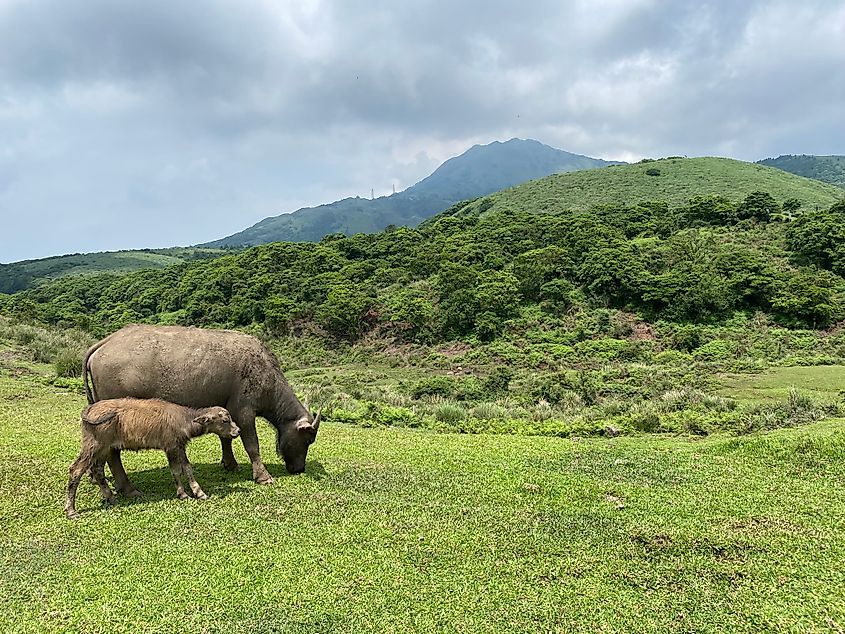
If you're lucky enough to base out of Taipei for an extended period, then a wealth of day-trips will become available to you. For instance, the most accessible of Taiwan's nine national parks, Yangmingshan, sits just north of the city. Just like Taipei, Yangmingshan has to be strategically subdivided in order to be conquered. My biased experience (but one that is shared amongst other bloggers) is that the Qingtiangang Grasslands are the prime attraction. Here, you will find bright green alpine pastures with water buffalo grazing and mud-bathing, exploratory trails to panorama viewpoints and waterfalls, and the tallest peak in the park (Mt. Qixing).
Yehliu Geopark
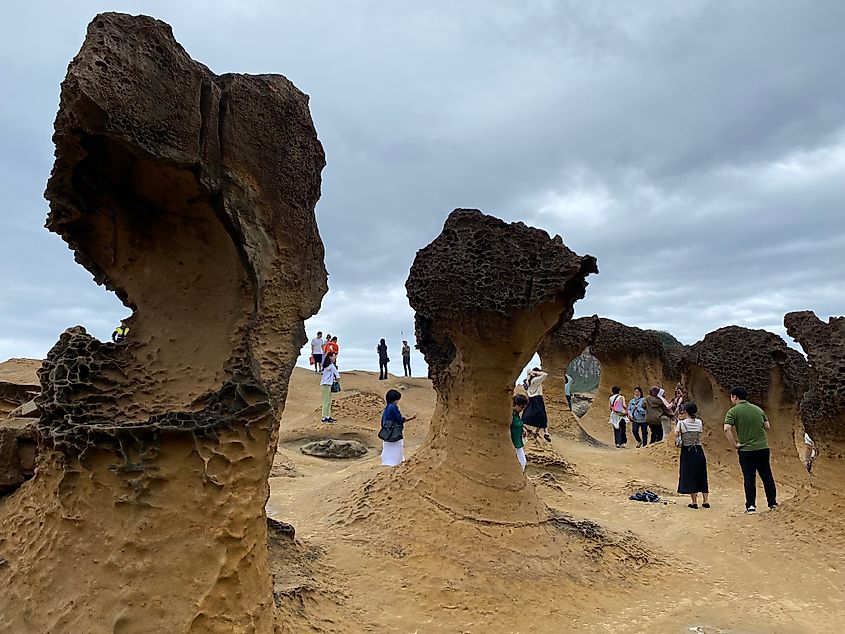
Another of Taipei's stunning natural attractions can be found on the North Coast, on the fringe of a small fishing town by the same name. Yehliu Geopark enshrines the enigmatic rock formations that are easy to personify thanks to wind and water erosion. Some even bear certain titles, such as Queen's Head, Dragon's Head, and Bean Curd. But beyond the camera-eager tourists in the front part of the park, there is a surprisingly substantial cape trail that is as scenic as it is secluded (again, comparatively speaking). Just be mindful of potential critters as you walk. In an effort to get a compelling pic for this article, I nearly stepped on a 10-foot snake chilling (or rather, warming itself) on the side of the cobblestone path.
Wulai
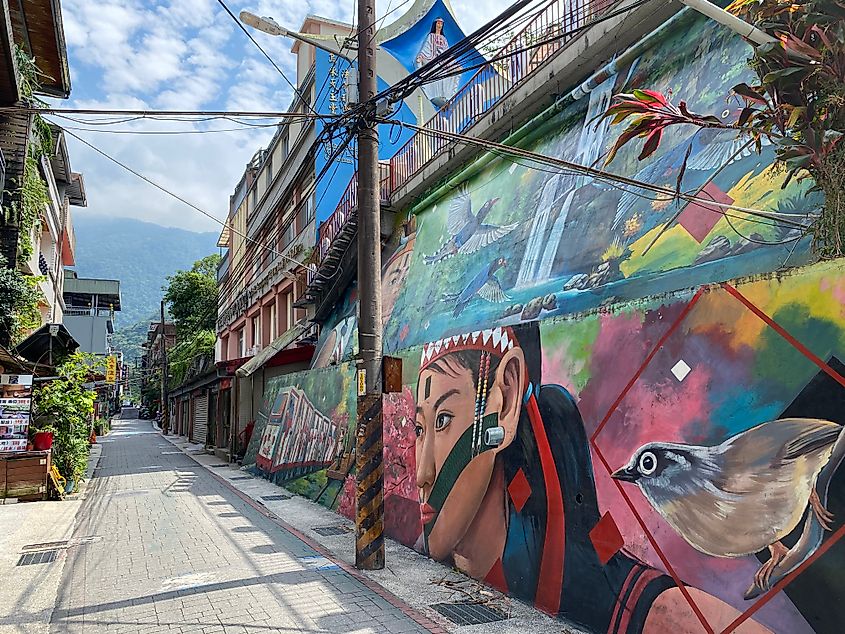
This captivating Indigenous district awaits an hour or so southeast of Taipei. The treasures of Wulai include its many river-spanning bridges, charming old street, towering waterfalls, novelty train, and hot springs - there are some great free ones that the locals use. Still, if you want to know where those are, you'll have to go there first and make some friends with the shopkeepers (I don't want to "Lonely Planet" the place too easily). Wulai is also home to the Atayal people, whose presence is palpable throughout the old street shops, the eye-catching public art, and at the Wulai Atayal Museum. Throughout my tour of Taiwan, I was struck by the ostensible overlap with Native American cultures. The patterns and colors, the headdresses and pipes, and the oppressive yet resilient history that is now actively elevated by the government. This speaks to recurring themes of human migration, colonization (in this case, Dutch, Japanese, and Chinese/Qing), and how early cultures developed in natural environments.
Western Taiwan
Sun Moon Lake
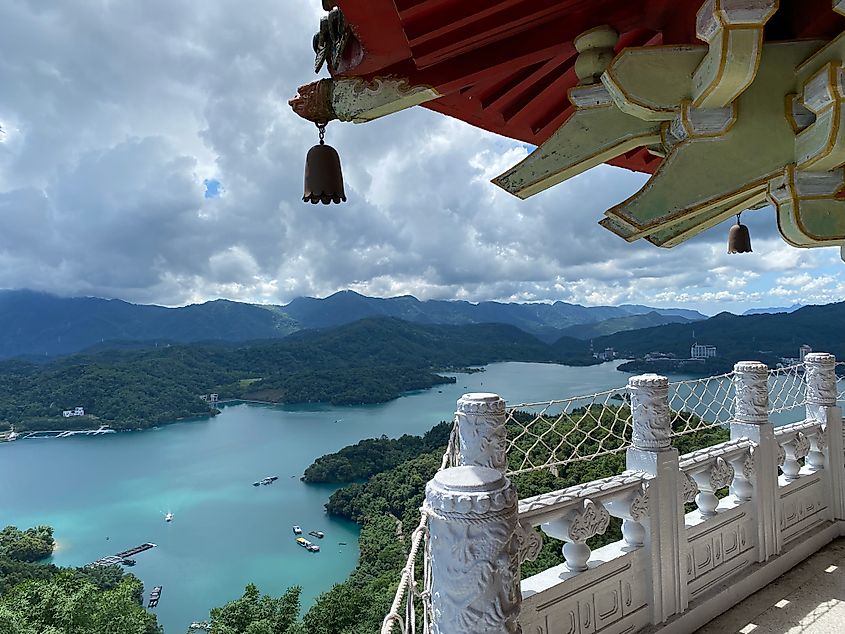
Taiwan's largest lake, in conjunction with its tasteful shoreline developments, constitutes one of the island's most magnetic attractions. The tantalizing name comes from the local Thao tribe (who also developed beautiful folklore around the water body's discovery) and references the symmetry created by Lalu Island. All to the east represents the sun, including the community of Ita Thao (where I laid my head for a few nights). In contrast, everything to the west, including the larger settlement of Suishe, represents the moon. Sun Moon Lake's sinuous shoreline is paralleled by a two-lane ring road, and to a large degree, a pedestrian boardwalk (be mindful of the monkeys!).
There is also a regular ferry service that operates in a triangular fashion between Ita Thao, Suishe, and Xuanguang Temple (Buddhist). Other major attractions include the Wenwu Temple (Taoist), Sun Moon Lake Ropeway leading to the Formosan Aboriginal Culture Village, and plentiful hikes of various lengths and difficulties. If you like tea, then you'll have to pick up a few packets of Sun Moon Lake's famous mountain black tea.
Checheng
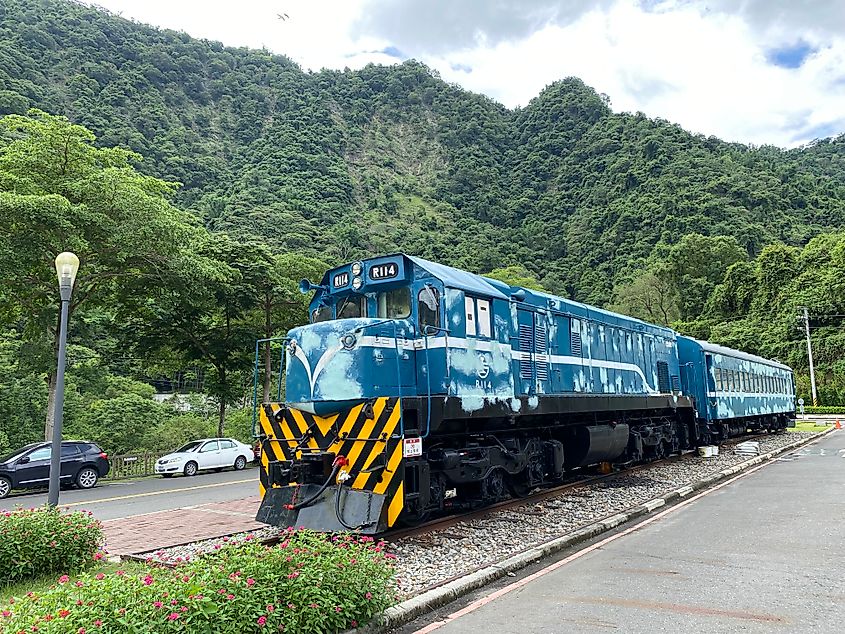
On your way out of Sun Moon Lake, consider taking the slow-travel approach via the Jiji Railway. Though only 30 kilometers (19 miles) long, this choice journey passes through seven mountain towns before joining up with Taiwan Railway's main Western Line (at least, that's what will resume as of December 2025, once some construction is finished). The eastern terminus, in particular, is worth a half-day meander. Dubbed "the last station of the good old days," Checheng has memorialized its railway history in an open-air museum (interspersed with various cafes and restaurants). Checheng is also a logging town and harbors a quaint old street where various woodworkings can be purchased (along with a few snacks for the train). Checheng was a remarkably peaceful place, but also consistently engaging. I actually wish I had stayed the night (the downside of advanced bookings).
Taijiang National Park
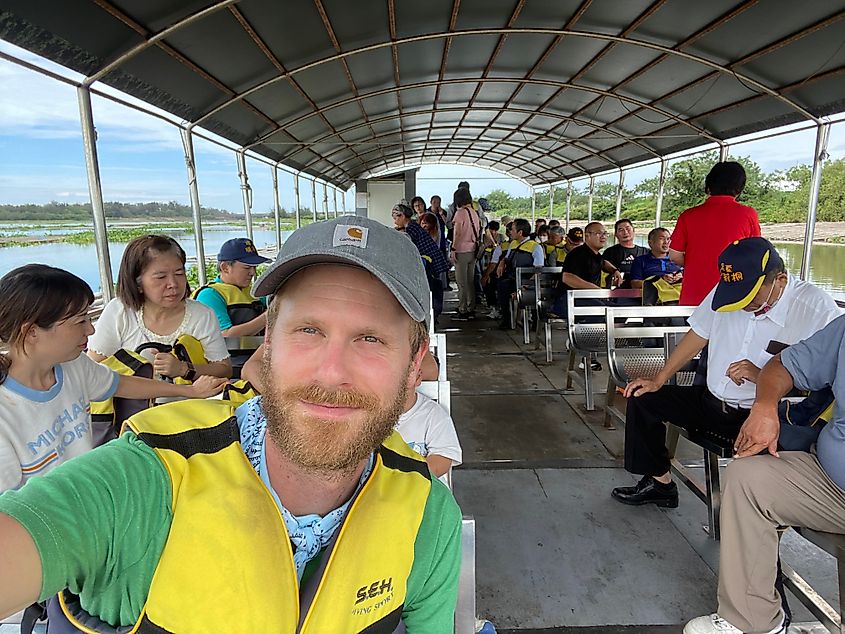
Tainan is Taiwan's oldest city and the former capital of the Qing Dynasty. And if it wasn't for the fact that it rained relentlessly all five days that I was there, I'm sure I'd have lots of positive things to report about this Southwestern epicenter. But alas, in my one break from the typhoon, I chose to check off another of Taiwan's National Parks. Taijaing's series of sprawling coastal wetlands and mangroves awaits just outside the city, across from the historic Anping District. If it's not pouring during your visit, you can grab dinner and do some shopping at the Anping Old Street on your way back. For just 200 TWD (USD 7), you can take a guided boat tour through "the green tunnel," where you'll see flocks of nesting black-faced spoonbills and get a hands-on experience of the local fish-farm practices.
Kaohsiung
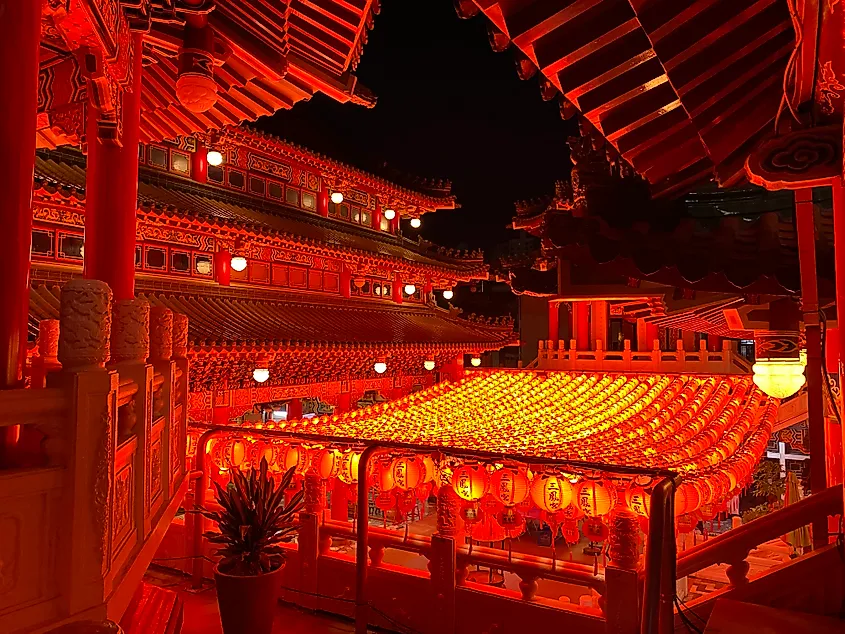
Taiwan's southernmost metropolis (and overall largest industrial center) is the crisp and colorful Kaohsiung. Built around the Love River, which parallels Shoushan National Natural Park on its way out to a substantial harbor, "Taiwan's Maritime Capital" enjoys a wealth of natural and cultural attractions. Take an early morning hike up Shoushan (aka "Monkey Mountain") to see hordes of friendly (but mischievous) Formosan rock macaques, sip on mountain tea at the various public huts, and enjoy stunning views of the city and the South China Sea before the stifling heat takes hold. Next, cruise on down to the pier, where the area's creative spirit is firmly rooted. Here, the Pier2 Art Center showcases large-scale works and boutique businesses in and around repurposed warehouses. At the same time, the Kaohsiung Music Center promotes the auditory arts from within an architecturally striking venue. As nightfall descends, end at the ancient Sunfong Temple to marvel at its serenity-inducing sea of red lanterns.
Eastern Taiwan
Kending
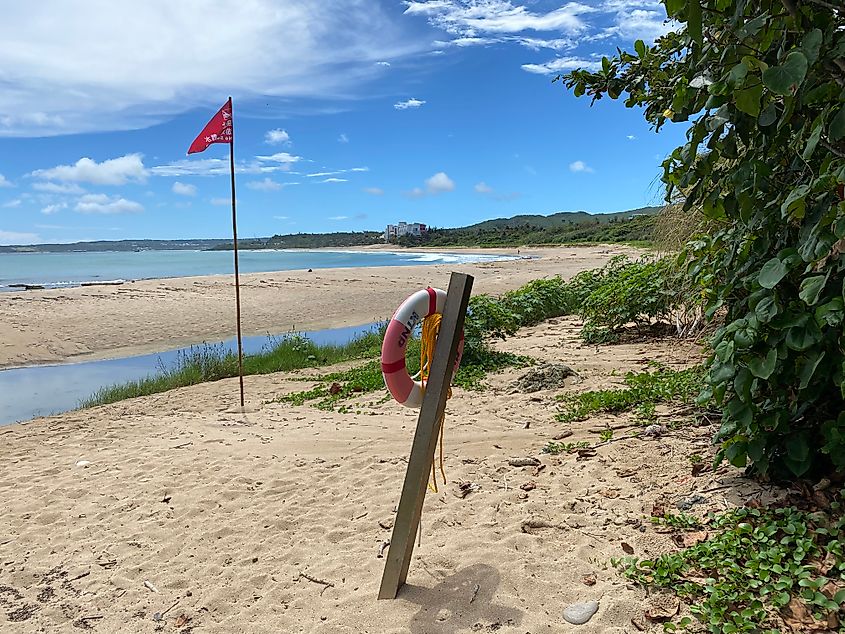
This sleepy beach town sits at the southern tip of Taiwan, and at the heart of the almost namesake national park (for some reason, the spelling doesn't exactly overlap). Not only is this Taiwan's oldest national park, but because of its sultry latitude, it is the nation's sole tropical one. Given the capricious waters, these beaches aren't the most swimmable (save for small roped-off and lifeguarded sections outside of the few resorts), but this keeps the crowds at bay. Instead, a handful of surfers and beach-walkers merely pepper the wildyllic (if I can coin that phrase) landscape.
Kending itself is one of a few small and interchangeable communities along the slim South Coast. But even if it isn't totally unique, it was nonetheless charming. To complement its coastline, Kending puts on a nightly market, provides quick access to the mountainous trails of Kenting National Forest Recreation Area, and, contrary to my "sleepy" assessment, hosts enormous music festivals. For example, over one million people attended the three-day Taiwan Music Festival in April.
Taitung
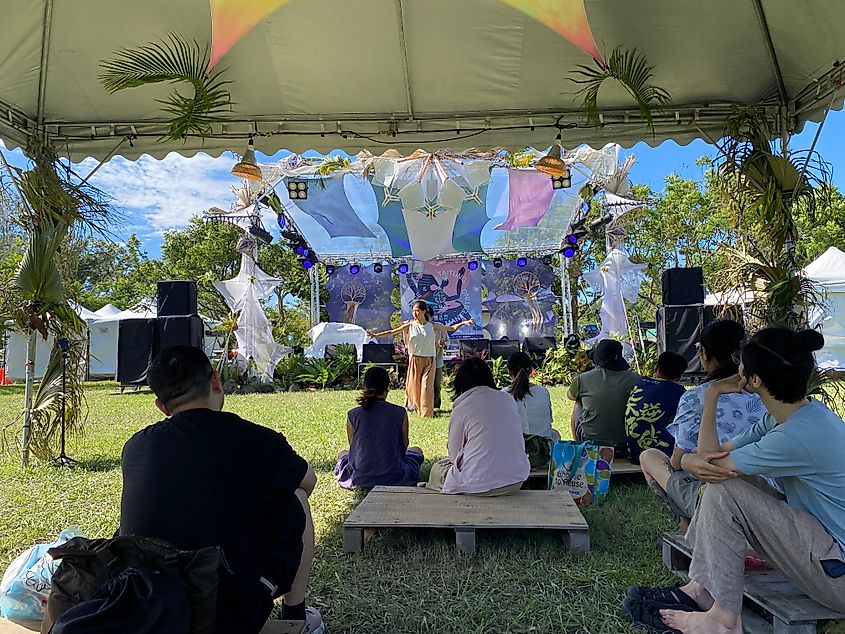
Taitung City continues the bohemian vibe established by Kending. In fact, the day I arrived, the Taitung Spirit Festival was in full swing in Taitung Forest Park (an expansive urban green space), as was the Starry Taitung Night Concert just up the road at the base of those magnificent green mountains. Not being able to be in two places at once, I elected to nurture my inner hippie. Even if your visit doesn't coincide with a seasonal event, you can always make for the Tiehua Music Village and Railway Art Village - a synergistic strip of artisanal vendors, public works, and simultaneous live performances (literally as soon as the first musician is out of earshot, another one materializes). Rounding out Taitung's assets is Liyu Mountain Park, a multi-viewpoint grunt in the middle of the city, and Taitung Seashore Park, a pleasant walking path along the totally unpretentious Pacific Coast.
Hualien
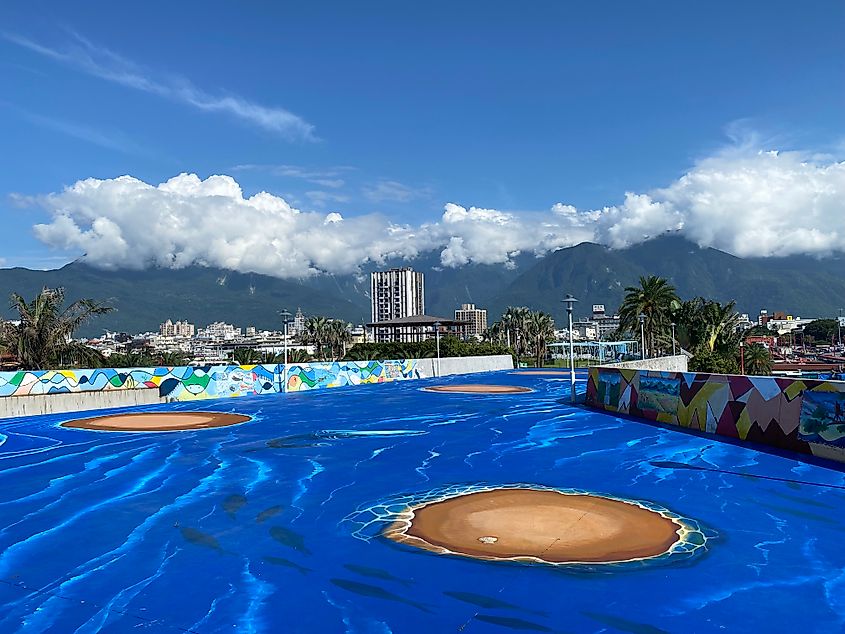
Like Taitung, Hualien hovers at right around 100,000 people, thereby delivering a dualistic experience. When boxed in the core of the city, you'd think you were transported back to a random district in Taipei. But get to the outskirts, and things get a lot more interesting. Hualien boasts an extensive system of waterfront paths - not only along the Pacific, but up its rivers and canals too (where frolicking stray dogs and rhino-sized water buffalo can all be spotted). Once the sun dips below the Central Mountain Range, which is steeper than ever at these parts, the Dongdamen Night Market comes to life. This carnival-like setup drew a solid crowd every night I was there. Given the range of food vendors, I could see why. I suggest pacing yourself; otherwise, the forthcoming food envy will hit as hard as the heartburn.
Adjacent to the night market is the Hualien Railway Culture Park. Within this renovated 1932 depot is another open-air museum (similar to Checheng), a live music venue/wine bar, and even a top-tier movie theatre that does daily screenings for local cinephiles. I saw one of those sappy, hyper-progressive film festival flicks, but I noticed on the schedule that there were also some mainstream options sprinkled in.
Taroko National Park
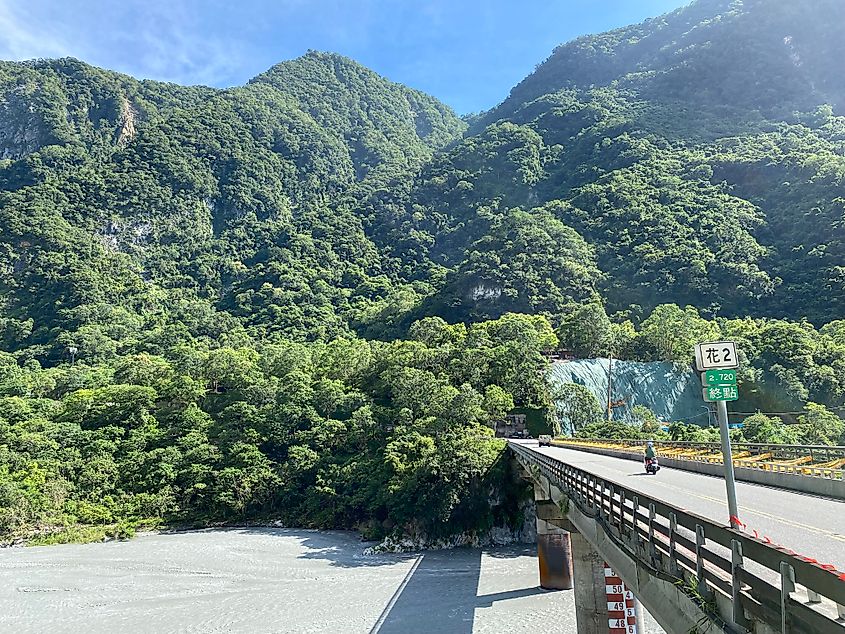
Taipei also serves as a gateway to Taroko National Park, though it’s not exactly next door—regular trains connect the capital to Hualien City in about 2.5 to 3 hours, and from there, buses run to the park entrance. Normally, Taroko showcases neck-straining peaks, gorgeous marble gorges, waterfalls, lengthy forested nature trails, and hidden Indigenous villages. Unfortunately, 2024's 7.4 magnitude earthquake killed 18 people in both the Hualien and Taroko regions and seriously damaged much of the park's infrastructure. So while authorities mend the Taroko Gorge road and restore the hiking trails, only the entrance area is open to visitors. But even that was enough to get a sense of the park's tremendous scale. Heck, I even saw a face-sized golden silk orb weaver posted up in his web outside of the Visitor Center bathroom. I can only imagine what lies deeper in the wilderness.
Ta-Ta, Taiwan
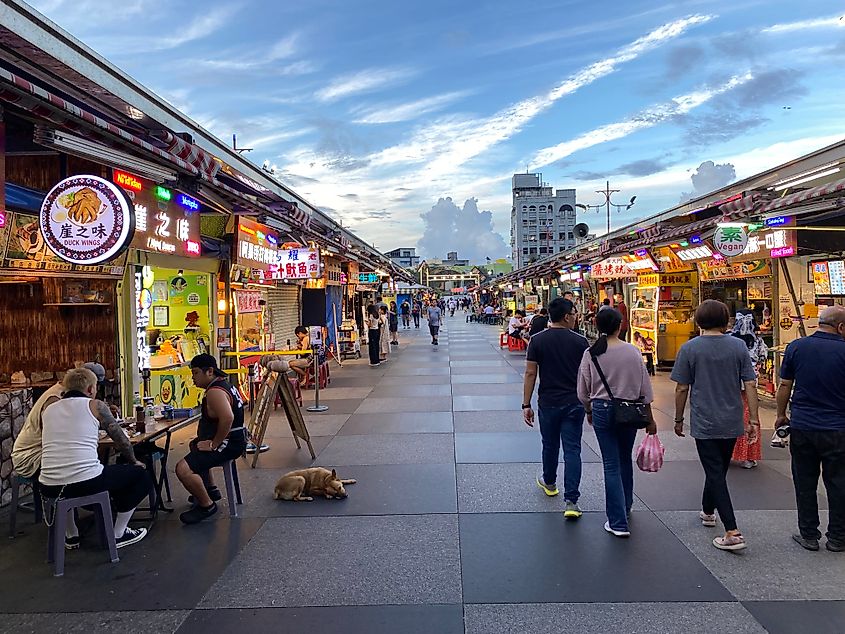
Taiwan bridged a textural gap in my Oriental travels. It has that gritty, foodie appeal of Southeast Asia, and it has the orderly, forward-thinking developments of places like Japan and South Korea. It's the type of country where tattooed youth in vintage clothes speak English, and it's also the type of place where you have to blindly point at Mandarin menus, hoping to get the tendon-free version of beef noodles. It's a nation stacked on top of itself, in parts, and at the same time, one that has preserved enormous swaths of forested mountains and laid-back tribal towns. Because of this, it's hard to narrow down Taiwan's highlights into a tight itinerary. But given its modest dimension and interconnectedness, that's really not necessary. You don't need five weeks to see it all. You could easily log a satisfying overview of the entire island in a week, especially if you're in full-blown vacation mode (the Catch-22 of being a travel writer).
